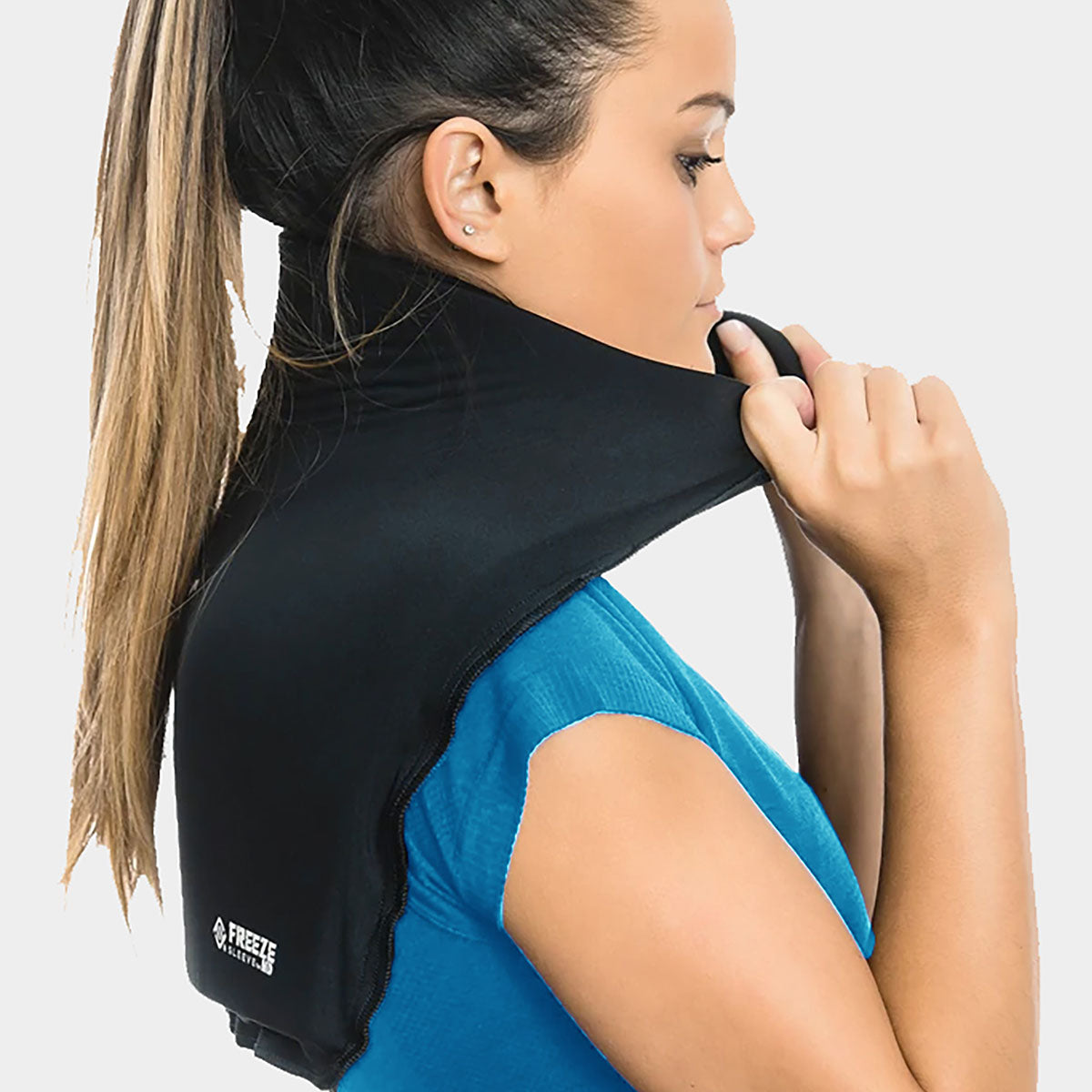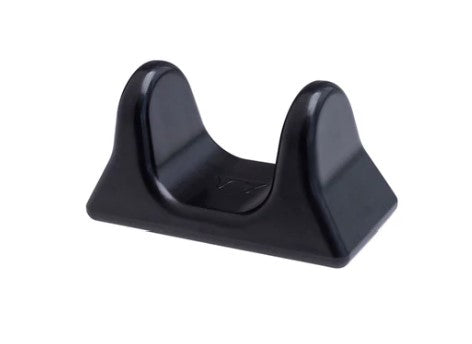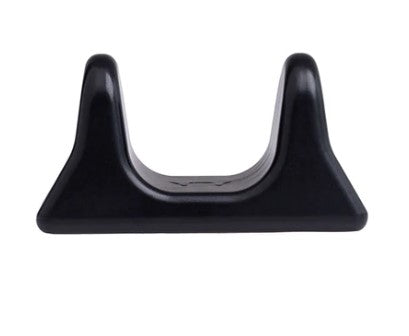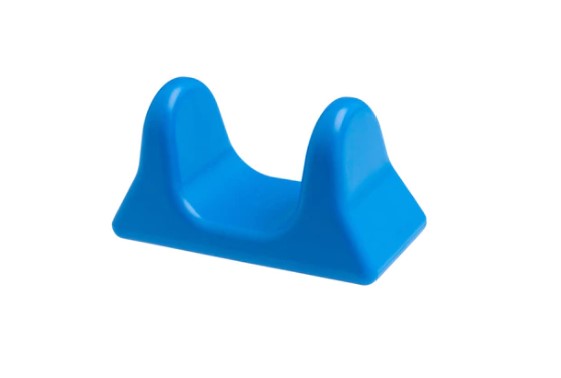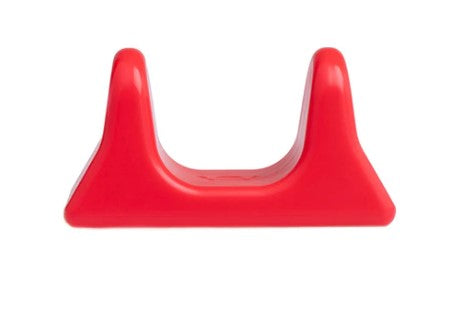www.thestrengthcoachsguide.com. In this article, I’ll highlight my top five exercises for healthy shoulders. 1. Inverted row The idea of doing body weight exercises isn’t the sexiest thing in the world. However, I promise that if you do these correctly, your shoulders will feel better. To do these correctly, you must get your chest to the bar. I’m convinced that 75 percent of the shoulder problems I see can be solved simply by improving scapular stability. By pulling the bar to your sternum, you will force your scapulas into a retracted position and activate your middle and lower traps—two big, scapular stabilizers. By strengthening this movement, not only will you improve shoulder function, but you will be able to hold your bench position much easier as well. 2. Hand walk variations The importance of the serratus anterior in shoulder and scapular function has been written about a lot. You may have heard of a push-up plus or a scapular push-up. Both of these push-up variations do a great job of working this muscle by creating protraction of the scapulas. Hand walks, on the other hand, work by resisting retraction and force the serratus to work eccentrically. The key to hand walks is to keep a tight core and keep your shoulders in protraction. Don’t allow them to collapse. What you get is a rotator cuff firing like crazy to stabilize a compressed humeral head, scapular stabilizers being strengthened in a dynamic manner, and pelvic stabilizers firing to keep the torso rigid. 3. Overhead kettlebell work For a while now, overhead lifting has been frowned upon by many professionals. I think that overhead lifting is a must for proper shoulder function. In order to establish proper scapula-humeral rhythm, bringing the arms overhead is essential. Add in the rotator cuff benefits of overhead lifting and the thoracic extension necessary to do standing overhead lifts, and I don’t see how you can leave it out. Does this mean that I get a 5RM on barbell military press the first week I work with an athlete? No. However, using basic progressions, you can get an athlete to that point safely and pain-free most of the time. Kettlebells offer us one big advantage over dumbbells. When we grab dumbbells, we’re able to control the center of gravity. This isn’t the case with kettlebells. Our rotator cuffs are going to have to work harder to stabilize the weight overhead. Try this simple progression using light weights first:
The combination of overhead lifting and dynamic movement gives the rotator cuff a great stimulus for prioception improvements and strength gains. 4. Cable L’s I got this variation from a Mike Boyle article. When I tried it myself, I couldn’t believe how hard it actually was. With the combination of horizontal abduction and external rotation, you get retraction and depression of the scapula, which is ideal for strengthening stabilizers. It also makes the rotator cuff work to stay in external rotation. The key is for you wrist and elbow to move on the same plane together. 5. Weighted chin-ups Balance is the key to shoulder health—not just the balance in volume but the balance in load. Here is my challenge to all the big benchers out there—can you do a chin-up with the same weight that you can bench raw? If you can, you are in good shape. To find this out, load up the weight to your chin-ups. Once you reach a good 3RM, add your body weight and weight added together. If that equals at least 80 percent of your bench 3RM, you’re in good shape. If it’s the same, you are in great shape. Whether you’re an athlete or the average weekend warrior, these exercises can greatly improve the function of your shoulders. To get more information on shoulder training, my ebook The Strength Coach’s Guide to Shoulder Training: Injury Prevention at Its Best! contains simple explanations for common shoulder problems and over 40 exercises to improve shoulder function. It’s available at
Kettlebell overhead press (light weight)
Overhead kettlebell walks
Overhead kettlebell split squat
Overhead kettlebell split squat and press
Overhead kettlebell walking lunge
Overhead kettlebell step-up or walking lunge and press
www.thestrengthcoachsguide.com.
















































